Cuba is safe, people talk a lot, Salsa is everywhere, there are two currencies…. facts that you may have already heard…
In this list some unusual curiosities that will make you re-think about your image of Cuba!
Ready,GO!
1. The National Sport of Cuba is: Waiting!
“Sooner or later, we will arrive” is the national motto.
Did you plan a trip with minimal details with a strict timetable? That’s not Cuba. Are you stressed and in a hurry? That’s not Cuba. To worrywart about your next transport? Also not Cuba at all!
Life in Cuba flows slow. As a communist-based society away from the digital world and the frenzies of modernity, it is normal for people to take their time.
So don’t worry too much and accept the truth for what it is. Take a deep breath and expect to wait long times for the banalest things: to get served in restaurants, to reserve a bus ticket, to buy internet cards, to reach your next destination, to get your taxi/tour, to enter a supermarket, to get an ice-cream, etc., etc., etc. That’s just how it is!
A story from my personal experience: once I was trying to get a taxi ride from Vinales to Trinidad (the bus was overcrowded). I went two days before to their office, waited 40 minutes outside as I’ve been told to wait (inside they were literally watching the ceiling). Then the chief calls me inside, I sit at the table with him and explain to him my plan.
Just after that, he stops speaking and starts starring outside of the window for good ten minutes (it was so ridiculous, weird, and fun at the same time). Then told me to come back in the afternoon. In the afternoon, after another good thirty minutes of waiting, he finally confirmed me a taxi (which then came to pick us up over 90 minutes late).
The bright side of having to wait so long, is that most houses have damn good rocking chairs on their patios or balcony (I think Cuba has the highest concentration of rocking chairs in the world) and so at least you can keep yourself entertained swinging while waiting.
2. On Cuban Freeways, Every Vehicle is Allowed
Cuban highways (with the exception of the road from the airport to Havana) are never congested at all.
Jointed with the creativity of Cubans and the scarcity of cars, the low traffic allows for any vehicle to share the same road without major dangers (although the number of road accidents is still pretty high).
So, once you’re out there, don’t get too surprised to see the carnival of vehicles populating the roads: new cars, classic cars, old trucks, taxis, illegal taxis, buses, vans, sidecars, motos, scooters, bikes, horses, wagons, cows, walkers...anything works to move around Cuba!
3. Hitch-hiking in Cuba Is Normal
With an average of only 38 cars every 1000 inhabitants, comes as no surprise that hitchhiking is widely practiced in Cuba.
Given the solidarity and sense of community of the local people, it is common to see herds of people waiting every day in the shade of highway bridges for cars to stop as it is common to see drivers with free seats regularly picking them up. Government officials are legally obliged to stop pick-up hitchhikers.
Basically, in Cuba car-sharing is practiced since before it was cool 😉 Although if you rent a car you’re normally suggested as a tourist, not to pick-up hitchhikers, know that it’s generally safe and those herds on the street are composed of average people looking for a ride to go to work or their families. If you have the chance, be kind!
4. Only the Cuban Government can Import
The Cuban government has the exclusivity on exports, imports and wholesaling on the island.
As a common Cuban citizen, if you’re willing to buy a good produced abroad (being a car, a fridge or anything else), your only option is to buy it from the government once they bought it from abroad.
This state-monopoly on imported goods is source of thick mark-ups on prices, which make repairing the old more convenient and new international goods hardly accessible and often a true luxury.
As an example to give yourself an idea, the cheapest and smallest car sold by the government (10 years old at least) is not shorter than 20.000 Euro and a normal economy car can scratch the 100k mark (which are exhorbitant prices in Cuba given that the average salary payed in national currency lingers under 20Euro/month).
5. Taxi Drivers Earn more than Doctors
Being the only country in the world with two currencies, one used for tourists (CUC) and one for locals (CUP), and enforcing a fixed exchange rates between them has advantages but also gives birth to paradoxes. One of them is the disparity of salary between who works with tourists and who doesn’t.
As tourists pay mostly (if not uniquely) in CUC (which is a currency 25 times stronger than the national peso 1CUC=0,92Euro=26CUP), the most profitable business for islanders is providing services to tourists (accomodation, taxis, guides etc.).
To give you an idea, speaking with a talkative taxi-driver that took us to Varadero we found out that he can make up to 200 Euro on a good day while a Cuban doctor is payed under 100 Euro MONTHLY!
This inbalance created not few problems the more the island started to open and the tourist inflow to grow. In fact, as anybody owning a car tries to join the tourist sector also doctors, if they have the chance, they started to willingly leave their medical carreer for the much more remunerative taxi driver occupation.
6. Good Food is Rare. Good Service More!
Without imports, Cuban Cuisine relies on local products and spices. After two weeks of traveling Cuba and always trying a different restaurant, I can honestly tell that food is not good, sometimes even very bad!
Plain white rice, insipid vegetables, and bland meat make up for most plates, doesn’t matter how few or much you pay. Of course, there are exceptions (I loved Ropa Vieja, a traditional meat dish) but in general, food is just not tasty and eating becomes more to survive than to enjoy.
As an Italian and passionate cook myself, I believe that although not with the best ingredients, much more could be done with some more creativity and skill. Still, after ranting about that, let me rant a bit more about the service.
Sometimes the menu never arrives, you have to ask for it and it’s ok. Sometimes the bill never arrives, you have to ask for it three times and it’s ok. Half of the things on the menus are not available, but you change and it’s ok. Wi-Fi although advertised is rarely available, but it’s ok. Sometimes workers are so bored and not-smiling that you feel like you’re disturbing them, but it’s ok. Always food takes ages to get ready, well you’re in Cuba so it’s also ok I guess.
Still, one thing for me was utterly not ok and honestly pissed me off over and over again: how they pour beer! (yes, to me that’s sacred! ;).
Left aside that in Cuba I haven’t seen a large beer bottle (only 33cl small, but it’s ok), in the 99,9% of the restaurants I’ve been to, the waiter opens the bottle and courteously pour it into your glass from a distance of two meters like if he was pouring champagne from a Formula 1 podium after a crushing victory. Bye-bye gas, hello foam, hi tears!
I appreciate the politeness, but if you don’t know how to do it just don’t (I don’t know how many waiters I instructed during my journey xD).
Cuba is a magnificient country to visit: rich of culture, history, art and natural marvels; but one thing should be clear: it is not a place for foodies and definitely you won’t (positively) remember Cuba for the restaurant experiences.
7. Cuba has the Highest Literacy and Longevity
in Latino America
With a life expectancy of 79 years and a literacy rate scratching the 100% (99,8%), Cuba ranks 1st in Latino America for both statistics.
Accessible and free public healthcare as well as free education up to university are the pillars of the Cuban communist system on the island and, without forgetting all its paradoxes, surely they contributed to build a more cohesive, safe, inclusive and supportive society.
8. Cuba is Home of Nine Unesco World Heritage Sites
Old Havana is perhaps the most iconic and know UNESCO World Heritage site on Cuba, but surely not the only one.
In fact, the whole island counts a whooping 9 UWHS Recognitions (The Valley of Vinales, Trinidad and the historical centre of Cienfuegos are some examples) for both Cultural and Natural sites; places of haunting beauty and inestimable value that allow the visitor to have an insight of the troubled history of the island.
9. Homes’ Doors are always Open
Cubans love to sit in their patio and chatting for hours on the edge of the street.
No matter where you are, while walking in any large city or small settlement, you won’t be able to avoid noticing the vast amount of doors open on the street, giving you glimpses of the life inside.
The safety of Cuba and the trust of people in one another allows for it to happen. Solid social connections and confiance maintain order and make life more cheerful and care-free.
Seeing all the doors so open with low or no barrier or fancing at all, is surely something noteworthy to see in Latino America and not a common view at all.
10. Supermarkets are always Half-Empty
Stop there, I got you! You were thinking of buying raw ingredients and cooking by yourself to create your little getaway from Cuba’s boring and tasteless food? Well, think again!
This is more or less, what happened to me and my dad (in the picture). After ten days of eating out and tired of the repetitive Cuban menus, we thought of getting an Airbnb with a kitchen and start cooking by ourselves some good old-school Italian pasta.
Little we knew that procuring ingredients was so hard! To get just pasta, oil, tomato, salt & pepper (leave aside luxuries such garlic or spices) we had to pass four different supermarkets and at the end, we gave up.
You never know what you’ll find that day in supermarkets, every day is a surprise (except for cigars and rum that are always overly-abundant). Half aisles of any supermarket we’ve been were empty; products come in bulk, generally, only one brand is available (sometimes two!) and one size fits all (sometimes just too big for what you need).
In Cuba, forget about flooded shelves and capitalistic over-abundance. You can have all the money you want, but if what you want it’s not available you cannot have it. It’s not there. Fullstop.
An alternative way to procure ingredients (a bit more cumbersome as a tourist) can be asking your hosts for directions to local markets where you can find meat and the fresh products of the day.
Conclusion
Did you find the article useful? Do you have any question or is there some information you believe should be in this guide?
Leave a comment below to get in touch! 🙂
Cuba Travel Guide
Content Summary
1) Top 10 Best Attractions of North-West Cuba
2) Cuba: Where to Stay and How to Move Around
3) Cuba: Local Currencies and the Budget
Cuba: How to Connect to the Internet
First, Short Info! Let's start with the biggest concern: is Internet available in Cuba? Short answer: Yes. Long answer: yes but it's slightly complicated. Not for nothing, Cuba is indeed famed as one of the least connected countries in the world. Although improvements...
Cuba: Where to Stay and How to Move Around?
The Hotspots Map Where to Stay in Cuba? Private Homes! As the island just started to open itself to tourism a few years ago, accommodation (and transportation) infrastructures for tourists are still under-developed and relatively scarce. Nevertheless, in...
Cuba: Local Currencies and the Budget
Cuba, How much do you cost Me? In this article, I will first introduce you to the Cuban double currency (and how to tell them apart!) and afterwards I’ll honestly bring you through all the expenses I incurred into, during my 14-days trip in North-West Cuba with my...
Cuba: What to Pack
Think Warm & Sunny! The Island of Cuba, located in the middle of the Caribbean sea, enjoys year-round a warm sub-tropical climate. The winter season (Nov-June) is characterized by sunny and dry days with a cooler but still agreeable average of 23°C. The Summer...













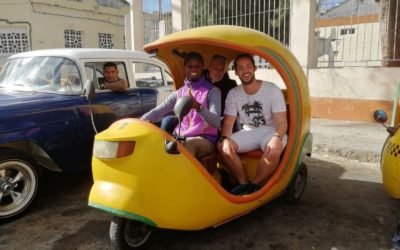
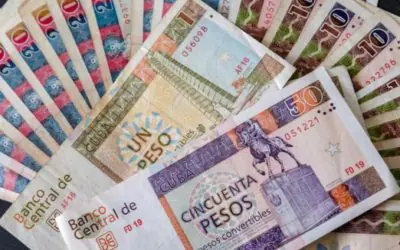

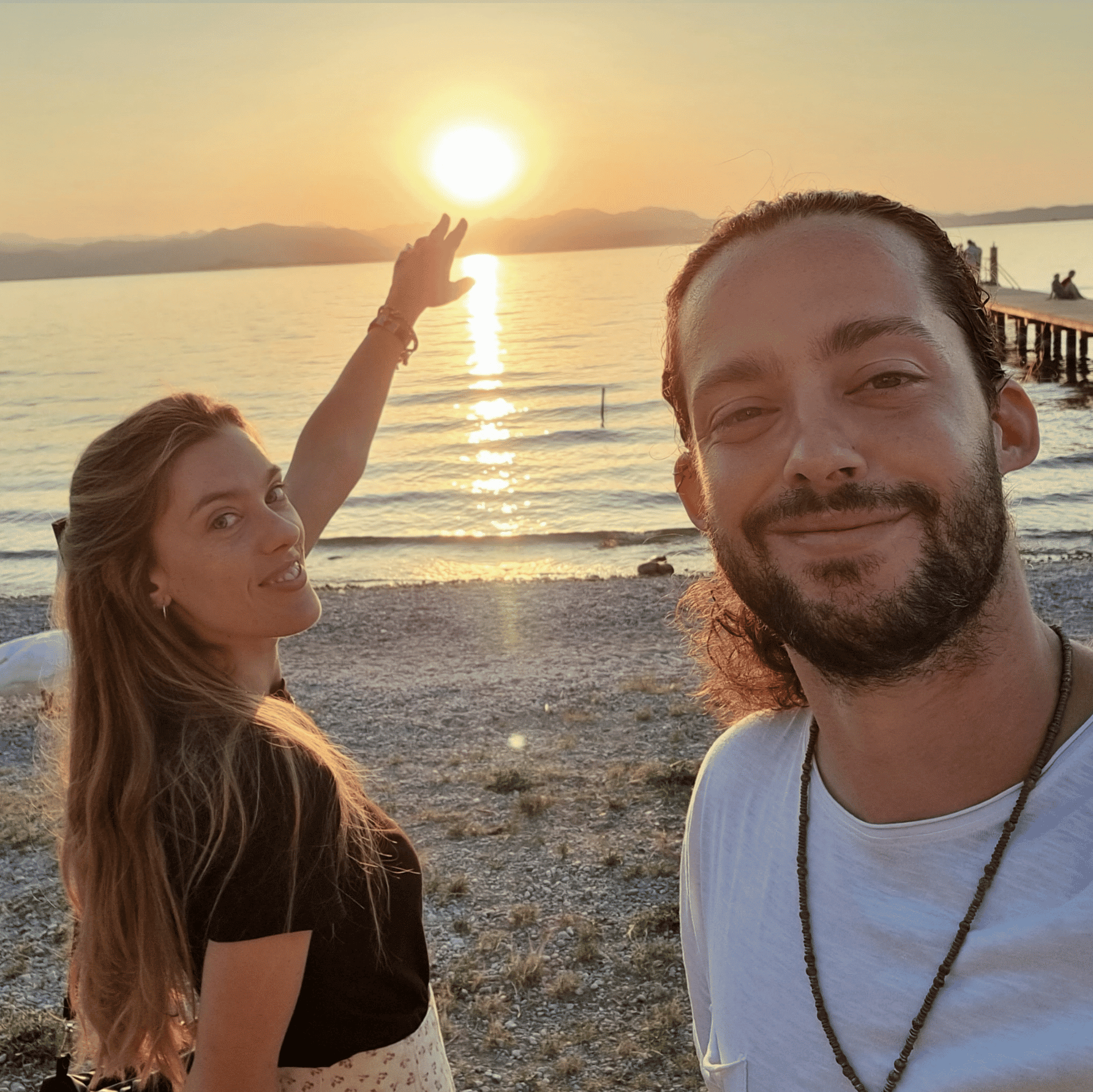


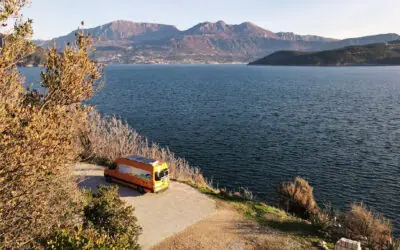

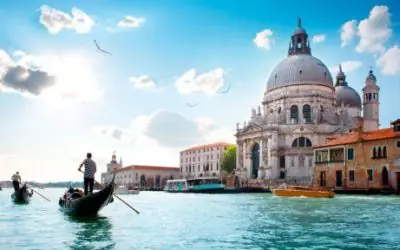

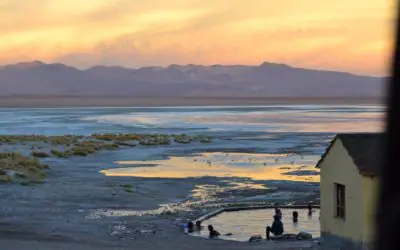
0 Comments